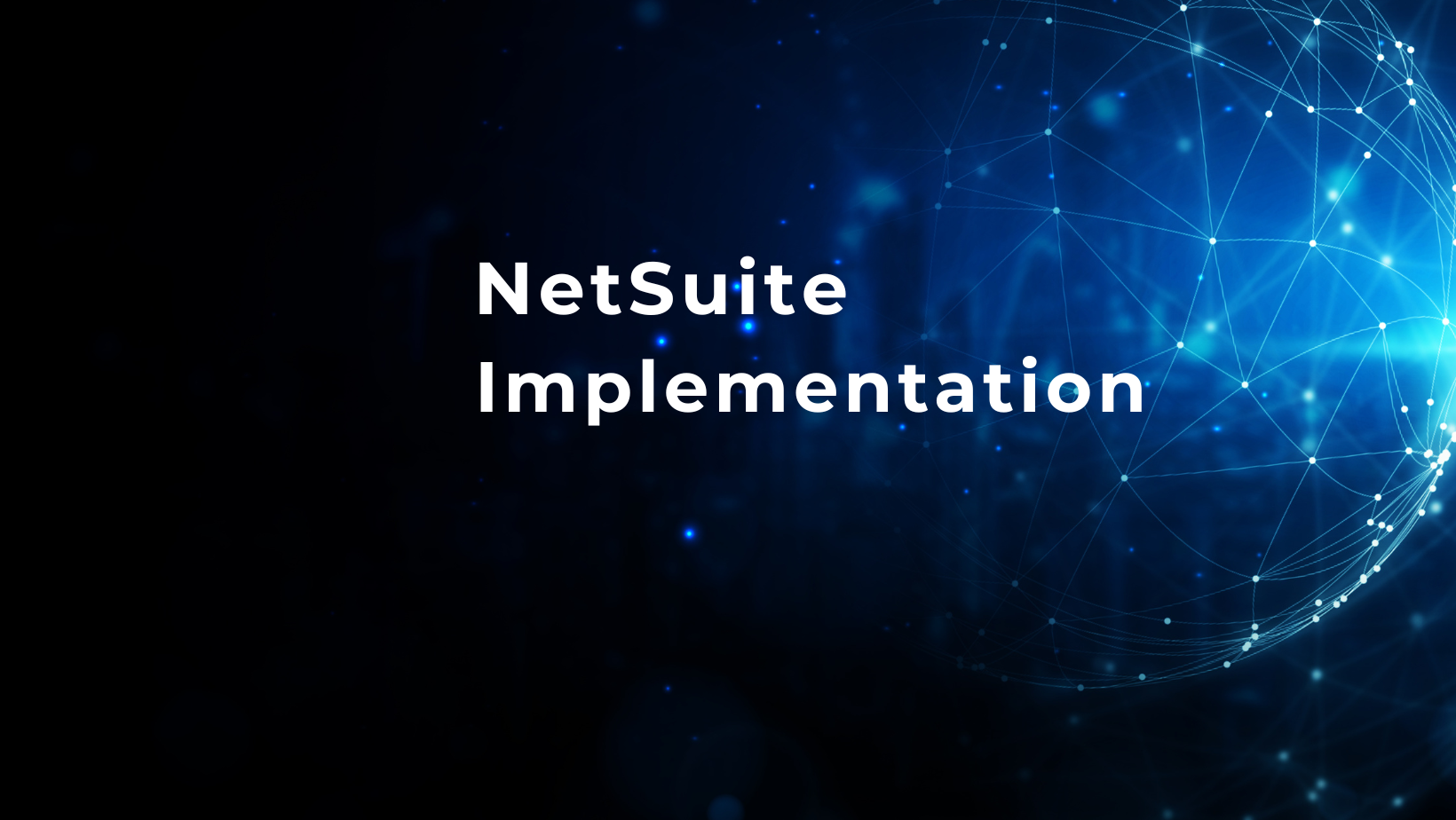In an era where data-driven decision-making is no longer optional, choosing the right analytics platform is critical. Adobe Analytics has established itself as one of the most powerful tools for companies aiming to extract actionable insights from their data. With advancements in technology and a growing emphasis on personalization, Adobe Analytics in 2025 offers unparalleled features that make it an indispensable asset for businesses.
Key Features of Adobe Analytics in 2025
AI-Powered Insights Adobe Analytics now integrates cutting-edge artificial intelligence and machine learning algorithms to provide predictive analytics and real-time insights. Adobe Sensei, Adobe’s AI engine, has been enhanced to:
Automatically detect anomalies in data.
Generate predictive models for customer behavior.
Offer actionable recommendations to improve marketing campaigns.
Cross-Channel Analytics With Adobe Analytics, you can track and analyze customer interactions across multiple channels, including websites, mobile apps, social media, email, and even IoT devices. This holistic view enables businesses to:
Understand the complete customer journey.
Identify high-performing channels and optimize underperforming ones.
Real-Time Data Processing Adobe Analytics in 2025 processes data in real-time, allowing businesses to make immediate decisions. This capability is crucial for:
Adjusting marketing campaigns on the fly.
Responding to emerging customer trends and behaviors.
Advanced Segmentation and Personalization Create highly detailed customer segments based on behavior, preferences, and demographics. Use these insights to deliver personalized experiences that resonate with your audience.
Seamless Integration with the Adobe Experience Cloud Adobe Analytics integrates effortlessly with other tools in the Adobe Experience Cloud, such as Adobe Target, Adobe Campaign, and Adobe Experience Manager. This ecosystem enables:
Streamlined workflows.
Unified customer profiles.
Consistent and personalized customer experiences.
Privacy-First Analytics In 2025, data privacy remains a top priority. Adobe Analytics has evolved to ensure compliance with global data privacy regulations like GDPR, CCPA, and emerging laws. Features include:
Enhanced consent management tools.
Secure data storage and encryption.
Key Features of Adobe Analytics in 2025
AI-Powered Insights Adobe Analytics now integrates cutting-edge artificial intelligence and machine learning algorithms to provide predictive analytics and real-time insights. Adobe Sensei, Adobe’s AI engine, has been enhanced to:
Automatically detect anomalies in data.
Generate predictive models for customer behavior.
Offer actionable recommendations to improve marketing campaigns.
Cross-Channel Analytics With Adobe Analytics, you can track and analyze customer interactions across multiple channels, including websites, mobile apps, social media, email, and even IoT devices. This holistic view enables businesses to:
Understand the complete customer journey.
Identify high-performing channels and optimize underperforming ones.
Real-Time Data Processing Adobe Analytics in 2025 processes data in real-time, allowing businesses to make immediate decisions. This capability is crucial for:
Adjusting marketing campaigns on the fly.
Responding to emerging customer trends and behaviors.
Advanced Segmentation and Personalization Create highly detailed customer segments based on behavior, preferences, and demographics. Use these insights to deliver personalized experiences that resonate with your audience.
Seamless Integration with the Adobe Experience Cloud Adobe Analytics integrates effortlessly with other tools in the Adobe Experience Cloud, such as Adobe Target, Adobe Campaign, and Adobe Experience Manager. This ecosystem enables:
Streamlined workflows.
Unified customer profiles.
Consistent and personalized customer experiences.
Privacy-First Analytics In 2025, data privacy remains a top priority. Adobe Analytics has evolved to ensure compliance with global data privacy regulations like GDPR, CCPA, and emerging laws. Features include:
Enhanced consent management tools.
Secure data storage and encryption.
Benefits of Using Adobe Analytics in 2025
Improved Decision-Making Adobe Analytics empowers your team with data-backed insights, enabling smarter decisions across marketing, sales, and customer service.
Enhanced Customer Experience By understanding customer journeys in detail, businesses can:
Identify pain points.
Optimize touchpoints.
Deliver a seamless and satisfying customer experience.
Higher ROI on Marketing Campaigns With its advanced analytics capabilities, Adobe Analytics helps:
Identify which campaigns are driving the most value.
Allocate budgets more effectively.
Maximize return on investment.
Scalability Whether you’re a small startup or a large enterprise, Adobe Analytics scales to meet your needs. Its robust infrastructure ensures reliability and performance even as your data volume grows.
Staying Ahead of Competitors In 2025, businesses that leverage advanced analytics tools like Adobe Analytics will have a significant edge over competitors that rely on outdated methods or less capable platforms.
Use Cases of Adobe Analytics in 2025
E-Commerce Track customer behavior on your website, understand product performance, and optimize checkout flows to reduce cart abandonment rates.
Healthcare Analyze patient engagement with healthcare portals and optimize digital communication to improve care delivery.
Retail Combine in-store and online data to create a unified view of customer behavior, driving better inventory management and personalized promotions.
Media and Entertainment Understand viewer preferences and tailor content recommendations to boost engagement and subscription rates.
In 2025, data analytics is no longer a luxury but a necessity for businesses aiming to thrive in a competitive marketplace. Adobe Analytics stands out as a comprehensive and versatile tool that empowers companies to unlock the full potential of their data. From AI-powered insights to cross-channel tracking and privacy-first features, Adobe Analytics offers everything you need to make informed decisions, delight your customers, and achieve your business goals.
Don’t let your company fall behind. Partner with Aptimized and Invest in Adobe Analytics today and pave the way for a data-driven future.



















